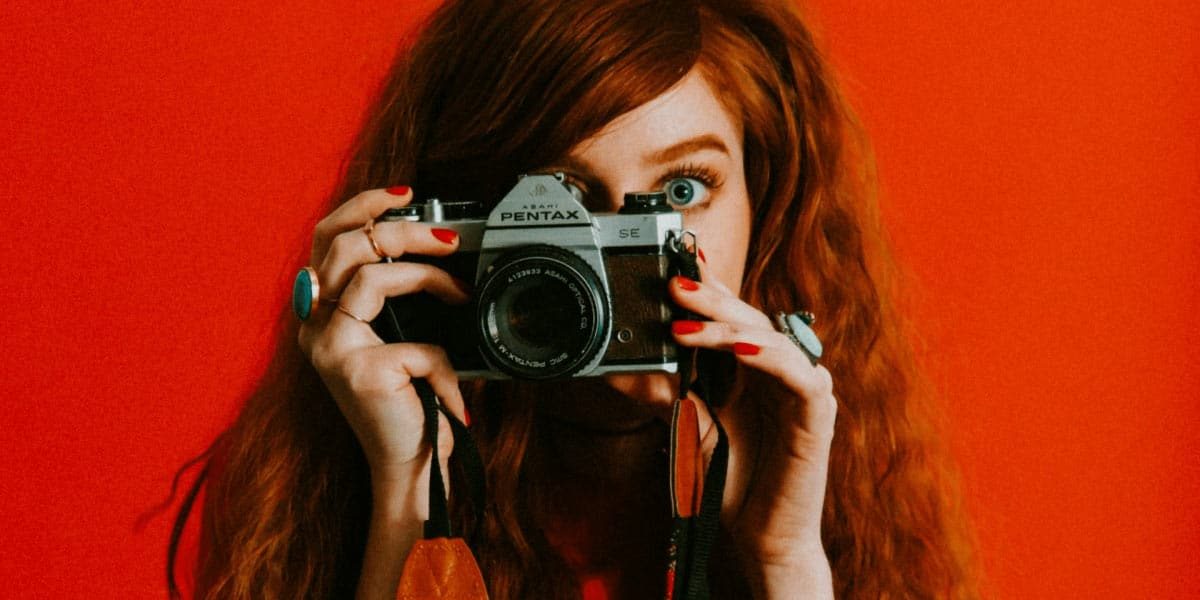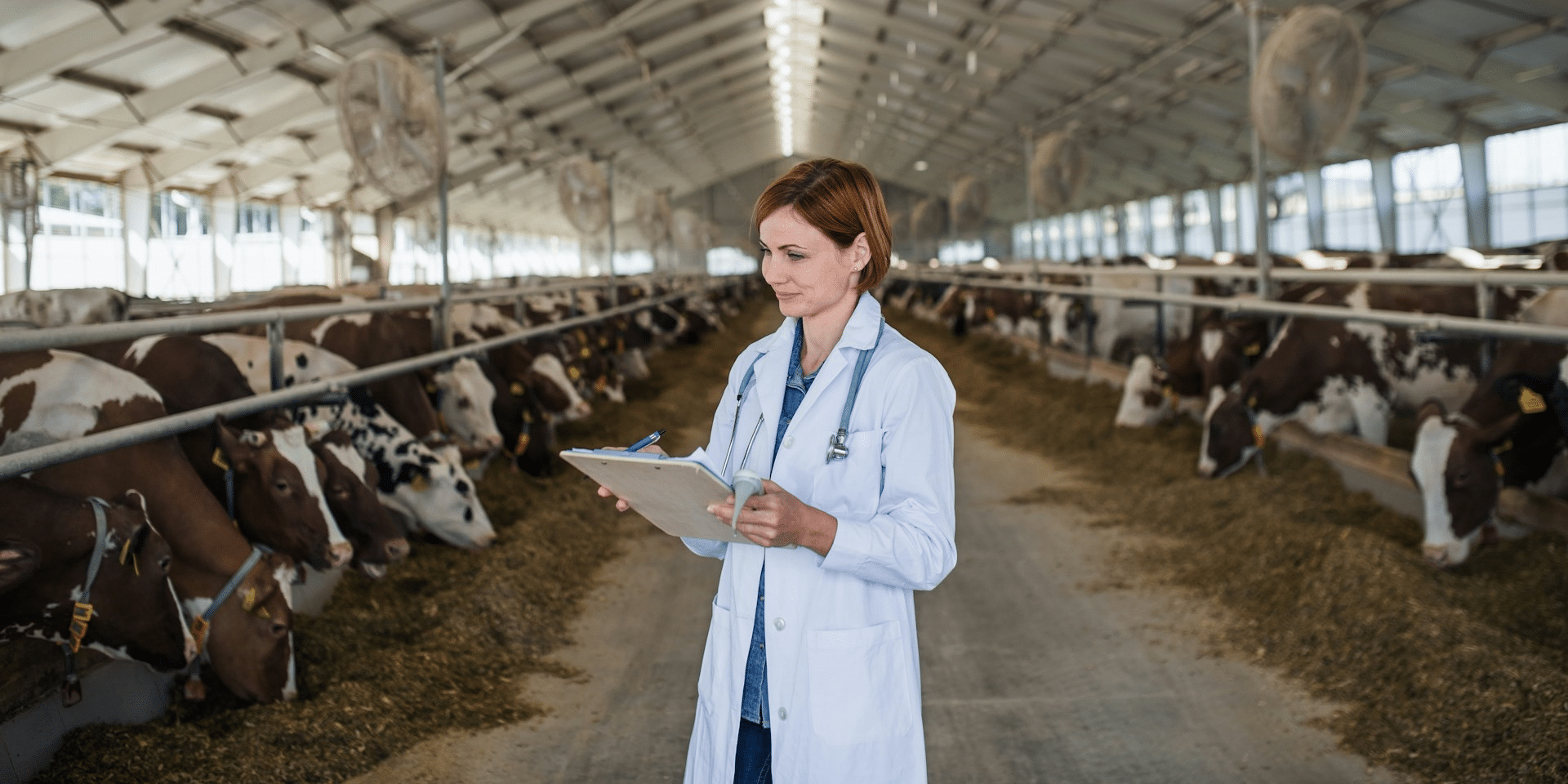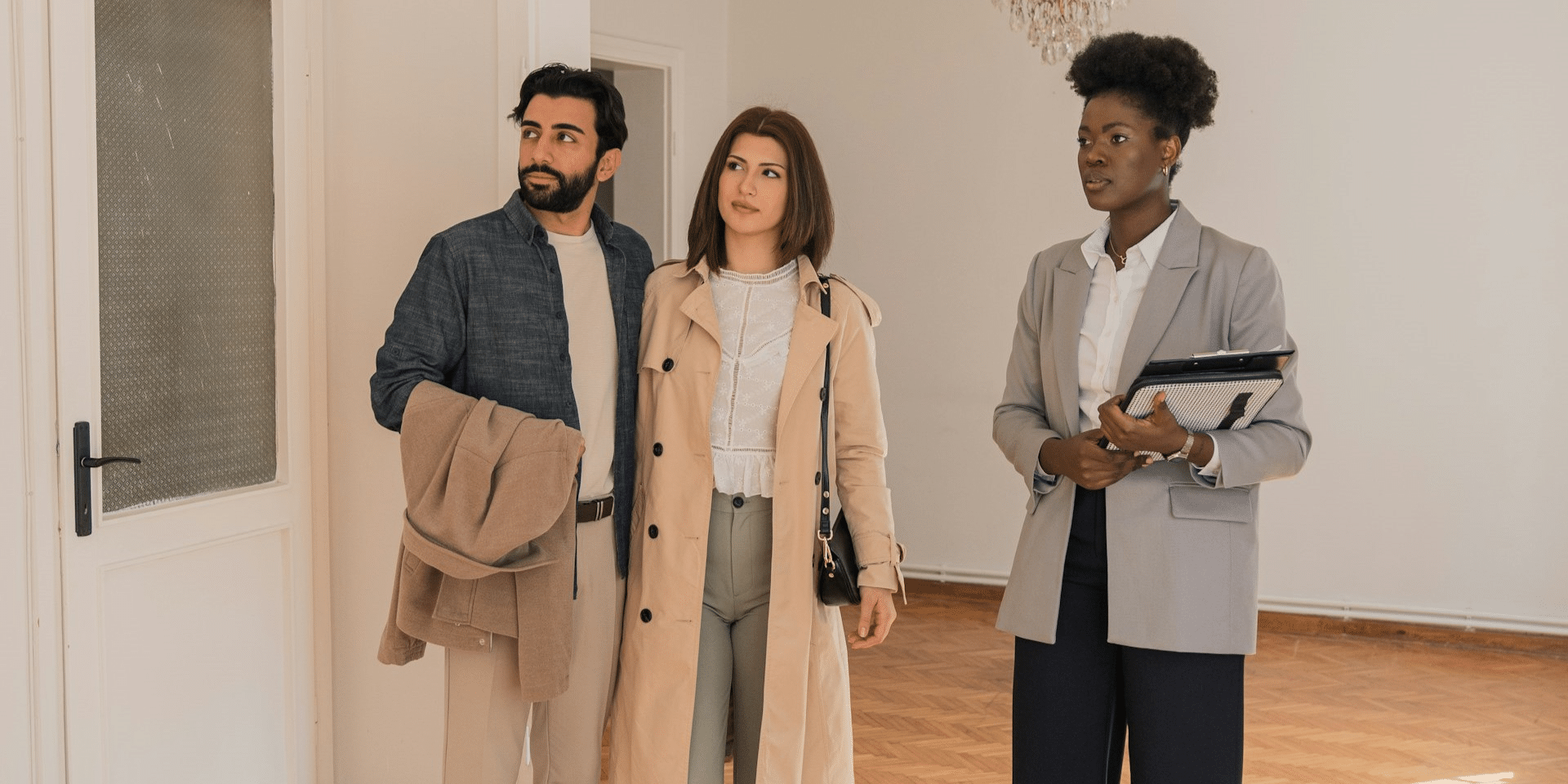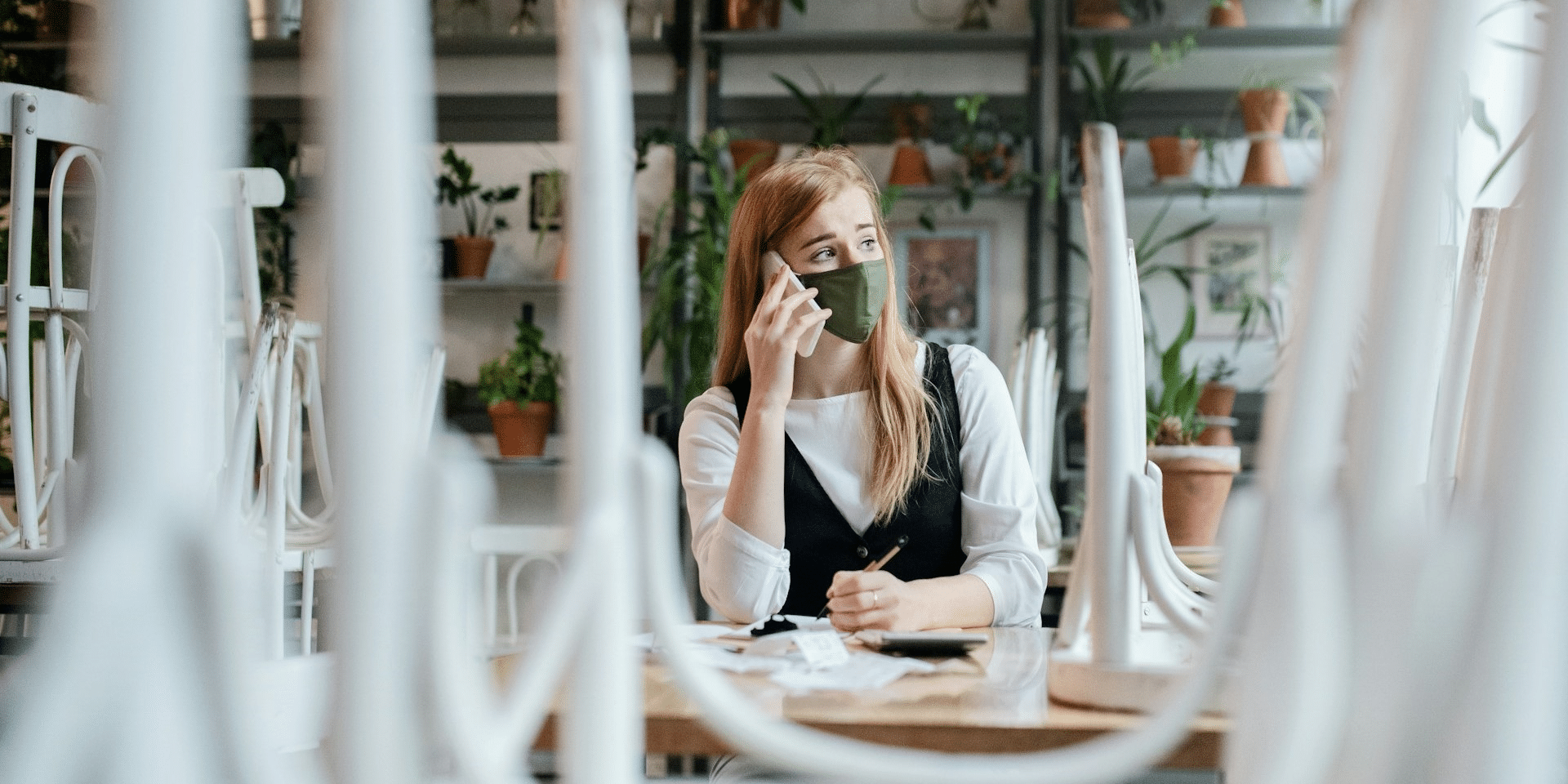Film photography, once considered a relic of the past, has experienced a resurgence in popularity in recent years. Many photographers are drawn to the unique aesthetic and tactile experience that film cameras offer. If you’re considering delving into the world of film photography, there are several important things to know before you get started. In this article, we’ll explore essential tips for pursuing film photography and how to make the most of this timeless medium.
Understanding the Basics
Before diving into film photography, it’s essential to understand the basics of how film cameras work. Unlike digital cameras, which capture images electronically, film cameras use rolls of film to record images on light-sensitive emulsion. Familiarize yourself with different types of film formats, such as 35mm, medium format, and large format, as well as the various types of film available, including color negative, black and white, and slide film.
Additionally, learn how to properly load film into your camera, adjust settings such as aperture and shutter speed, and handle film carefully to avoid damaging or exposing it prematurely. Understanding these fundamental concepts will lay the groundwork for your journey into film photography.
Choosing the Right Equipment
When it comes to film photography, choosing the right equipment is crucial. While vintage film cameras have their charm and appeal, they may also come with quirks and limitations that can affect your shooting experience. Consider factors such as camera type (SLR, rangefinder, or point-and-shoot), lens compatibility, and availability of accessories such as light meters and filters.
If you’re new to film photography, investing in a reliable, beginner-friendly camera with manual controls is a good place to start. Look for reputable brands such as Canon, Nikon, or Pentax, and consider purchasing from a trusted seller or camera shop that offers warranties and support. As you gain experience and confidence, you can explore more advanced camera systems and experiment with different formats and styles.
Mastering Exposure and Composition
Exposure and composition are key elements of successful photography, regardless of whether you’re shooting with film or digital. Understanding how to properly expose your film and compose your shots will greatly improve the quality of your images. Learn how to meter light effectively, adjust aperture and shutter speed settings for proper exposure, and compose your shots using principles such as rule of thirds, leading lines, and framing.
Experiment with different lighting conditions and shooting environments to develop your skills and creative vision. Practice shooting a variety of subjects, from landscapes and portraits to street scenes and still lifes, and pay attention to how different compositions and lighting techniques impact the mood and storytelling of your images. With practice and persistence, you’ll become more confident in your ability to capture compelling photographs on film.
Embracing the Analog Process
One of the unique aspects of film photography is its analog nature, which requires a more deliberate and thoughtful approach to the photographic process. Unlike digital photography, where images can be instantly reviewed and edited on a screen, film photography requires patience and discipline to capture moments in-camera and wait for the film to be developed and processed.
Embrace the analog process of film photography as a journey of discovery and experimentation. Enjoy the tactile experience of loading film into your camera, advancing the film manually between shots, and savoring the anticipation of seeing your images come to life during the development process. Remember that imperfections and happy accidents are part of the charm of film photography, so don’t be afraid to embrace unexpected outcomes and learn from your mistakes.
Developing Your Own Style
As you gain experience and confidence in film photography, focus on developing your own unique style and artistic vision. Experiment with different film stocks, shooting techniques, and post-processing methods to find what resonates with you creatively. Whether you prefer the timeless look of black and white film, the vibrant colors of slide film, or the dreamy aesthetic of expired film, let your personal preferences and interests guide your photographic journey.
Don’t be afraid to push the boundaries of conventional photography and explore unconventional techniques such as double exposures, cross-processing, and alternative printing methods. Your style as a photographer is an expression of who you are as an artist, so trust your instincts and stay true to your vision. By developing your own style, you’ll set yourself apart and create images that are uniquely yours.
Experiment and Enjoy Film Photography
In conclusion, pursuing film photography is a rewarding and fulfilling journey that offers endless opportunities for creativity and self-expression. By understanding the basics of film photography, choosing the right equipment, mastering exposure and composition, embracing the analog process, and developing your own style, you can unlock the full potential of this timeless medium. Remember to approach film photography with an open mind and a willingness to learn, and above all, enjoy the process of capturing moments on film.






